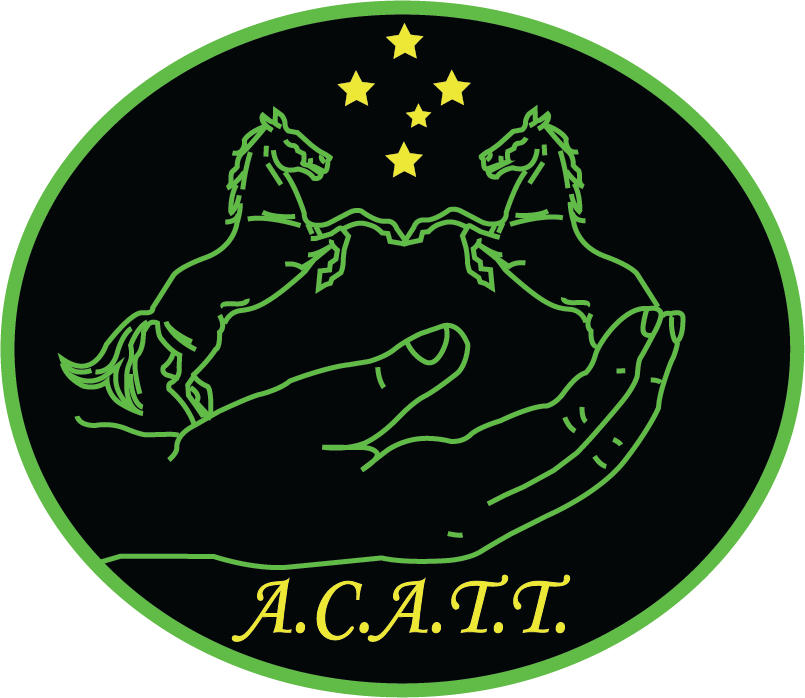

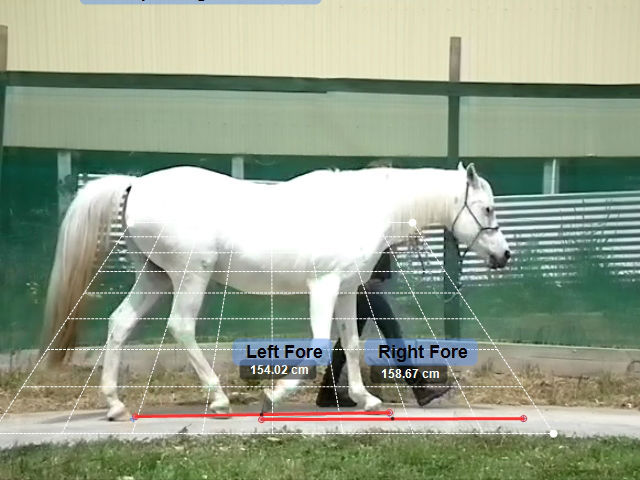
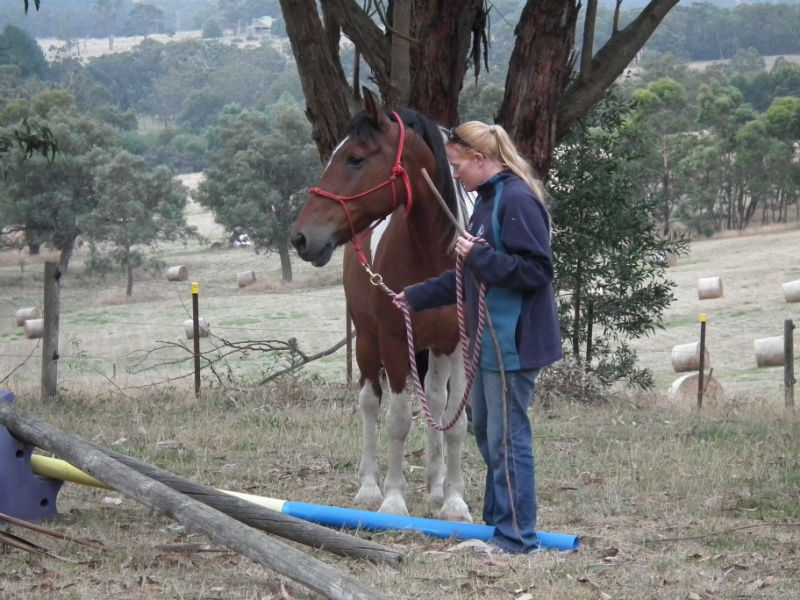
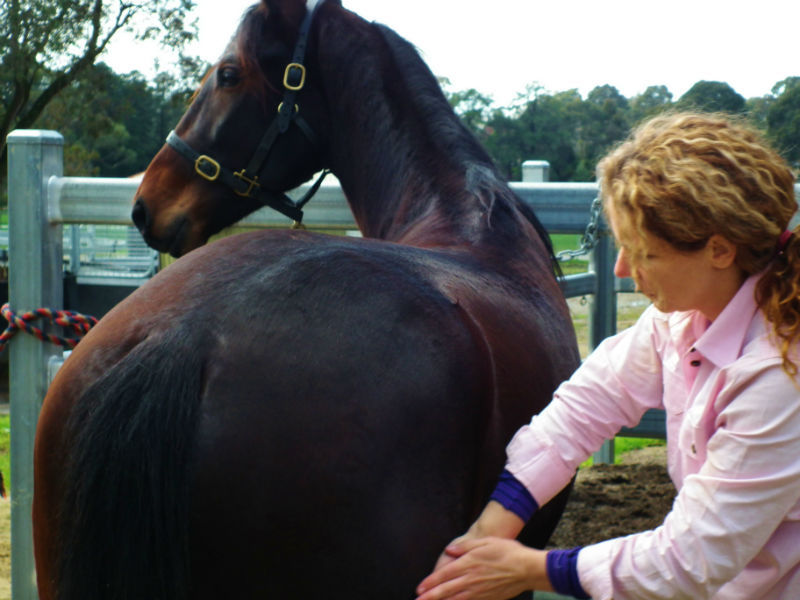
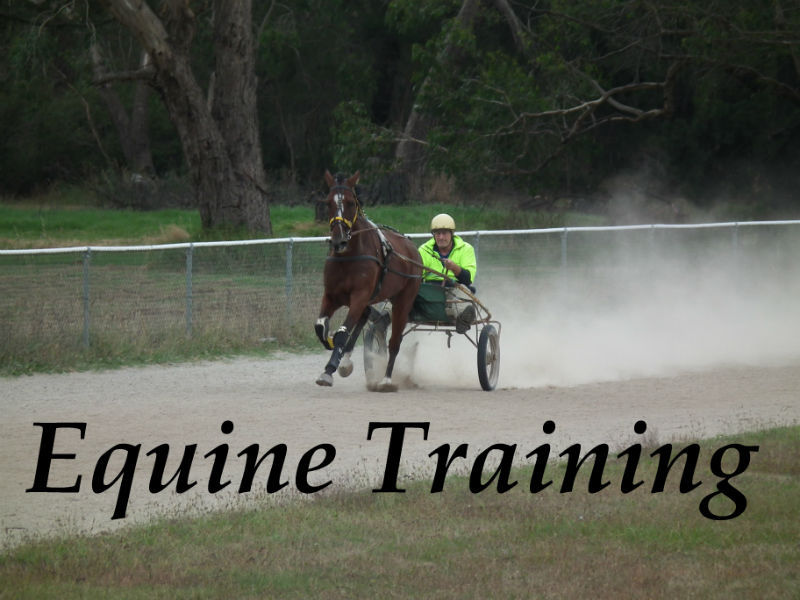
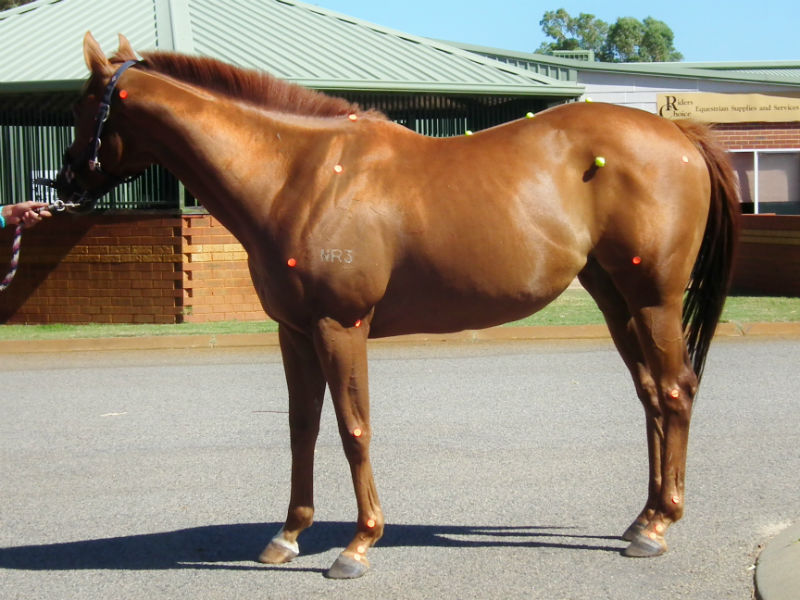
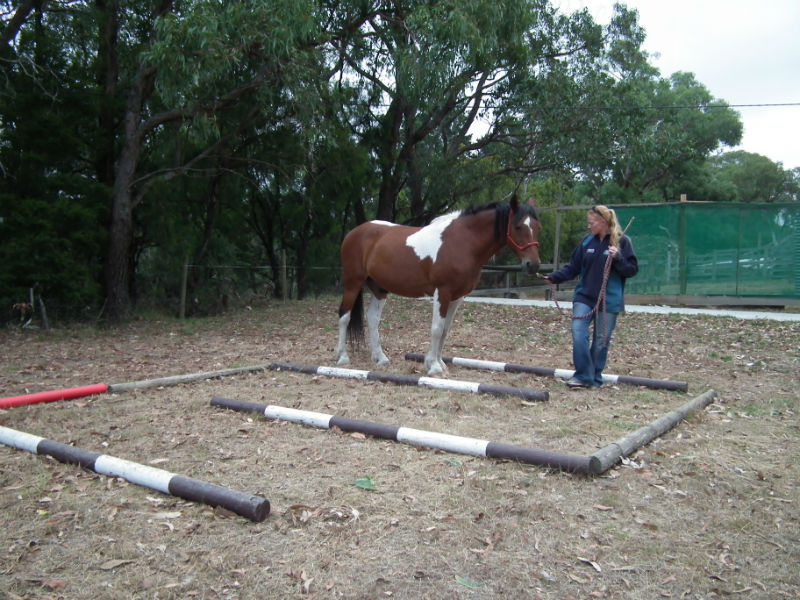
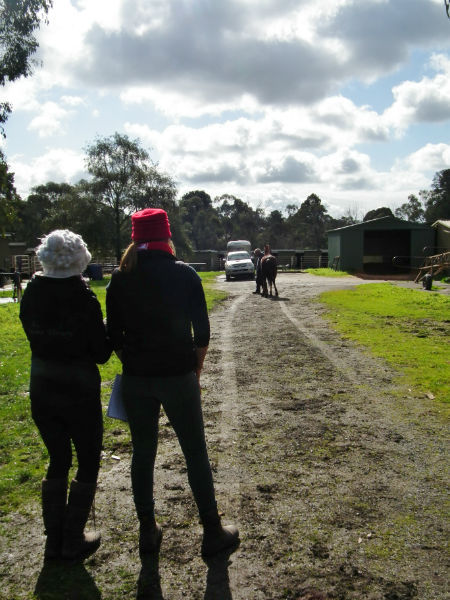
About Warm up and Cool down activities
The art of equine training demands that the rider/trainer has a logical and thorough understanding of muscle activity and energy production.
In the real world most horse owners do know to warm up and cool down, but as we are not all exercise physiologists the hows and whys can be a little bewildering.
So lets delve into your warm up and cool down and how to ensure it is effective.
Click here to read more about effective equine warm up
Avoiding Musculo-Skeletal Injury
Musculo-skeletal injuries are a common reason for poor performance, this article will discuss some of the reasons for this and suggest methods of reduction in risk and how to enhance muscular function.
Common causes of muscular problems:
Poor tack fit or inappropriate use of tack
Poor hoof balance
Uneven or slippery footing
Overuse – including excess activity on a deep sand arena
Poor rider balance
Lack of systematic progression through training.
Inadequate warm up or preparation before work and or inadequate cool down following work
Accident/Injury
Click here to read more about avoiding equine injury
By Christine Scully
ABSTRACT
An investigation of the Australian sport horse industry has been undertaken to
ascertain the level of data available for research purposes, and its use in
estimating the relationship between bloodline and performance in horses
competing in the top levels of the Olympic disciplines.
A total of 545 performance horses was analysed, with four generation pedigrees
obtained for 348 of these animals. The major sire lines have been identified, and
a heritability estimate of total score, as a performance measure was calculated
using the Derivative Free Restricted Maximum Likelihood (DfREML) method.
The major sire lines were identified and data are presented on the top 17 of these
lines, and the major sires within them. The heritability estimates attained range
between 0.47 and 0.77, and a discussion concerning reasons for these high
estimations is included. A number of problems were identified within in the
industry and recommendations to overcome these have been made.
Click here to read more about the relationship between bloodline and equine performance
111 Spillers Road
Macclesfield. Victoria.
Australia 3782
03 5968 9788